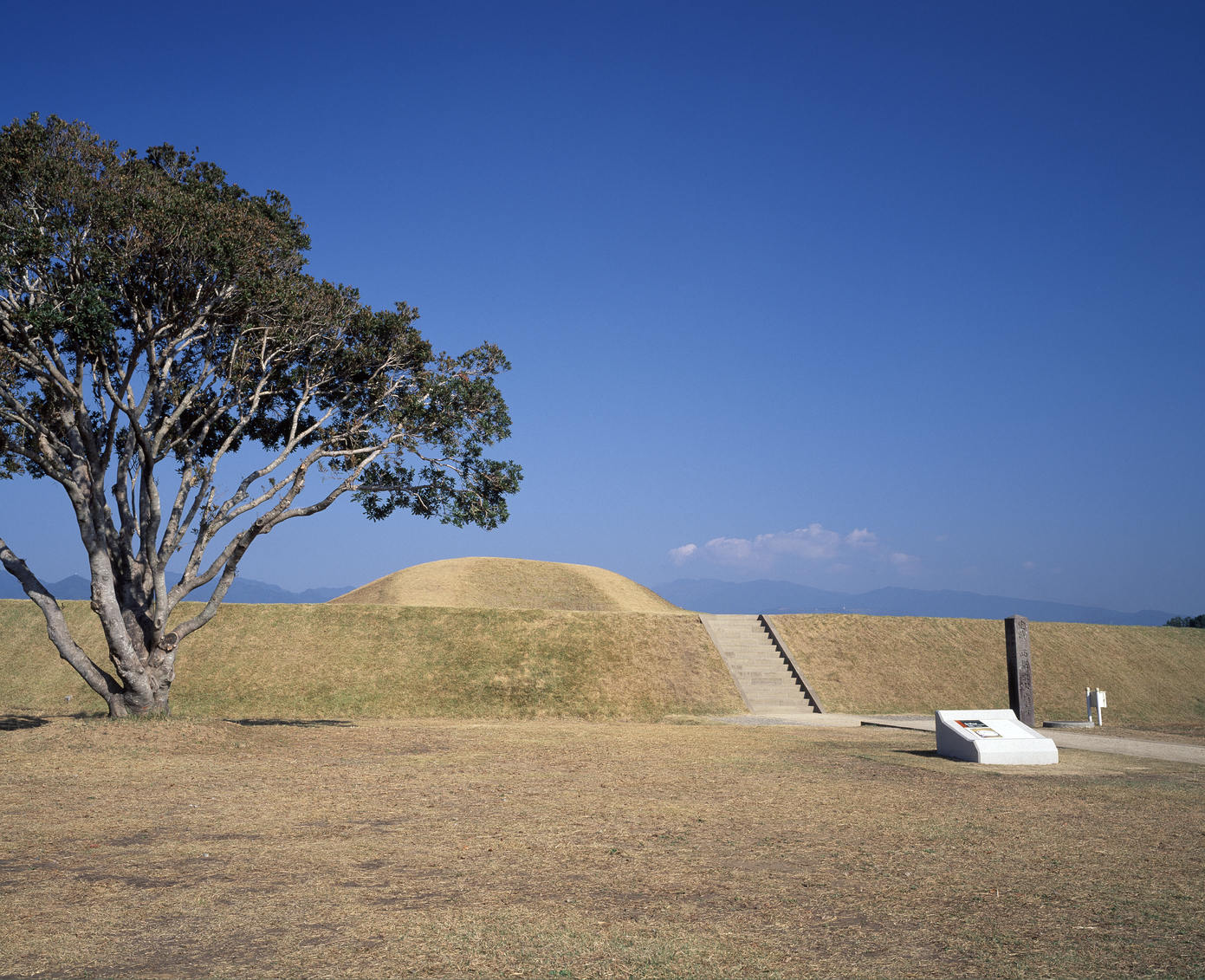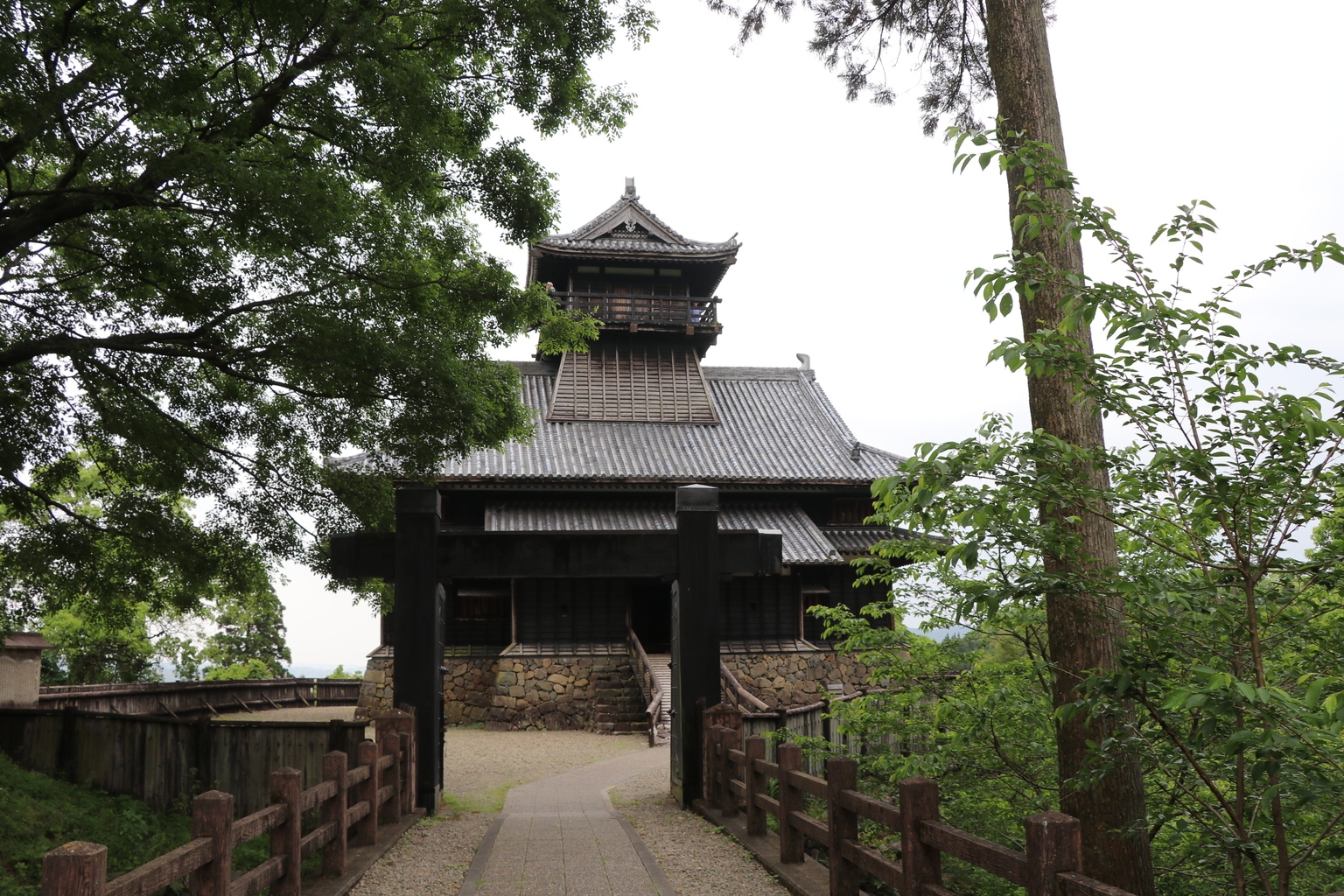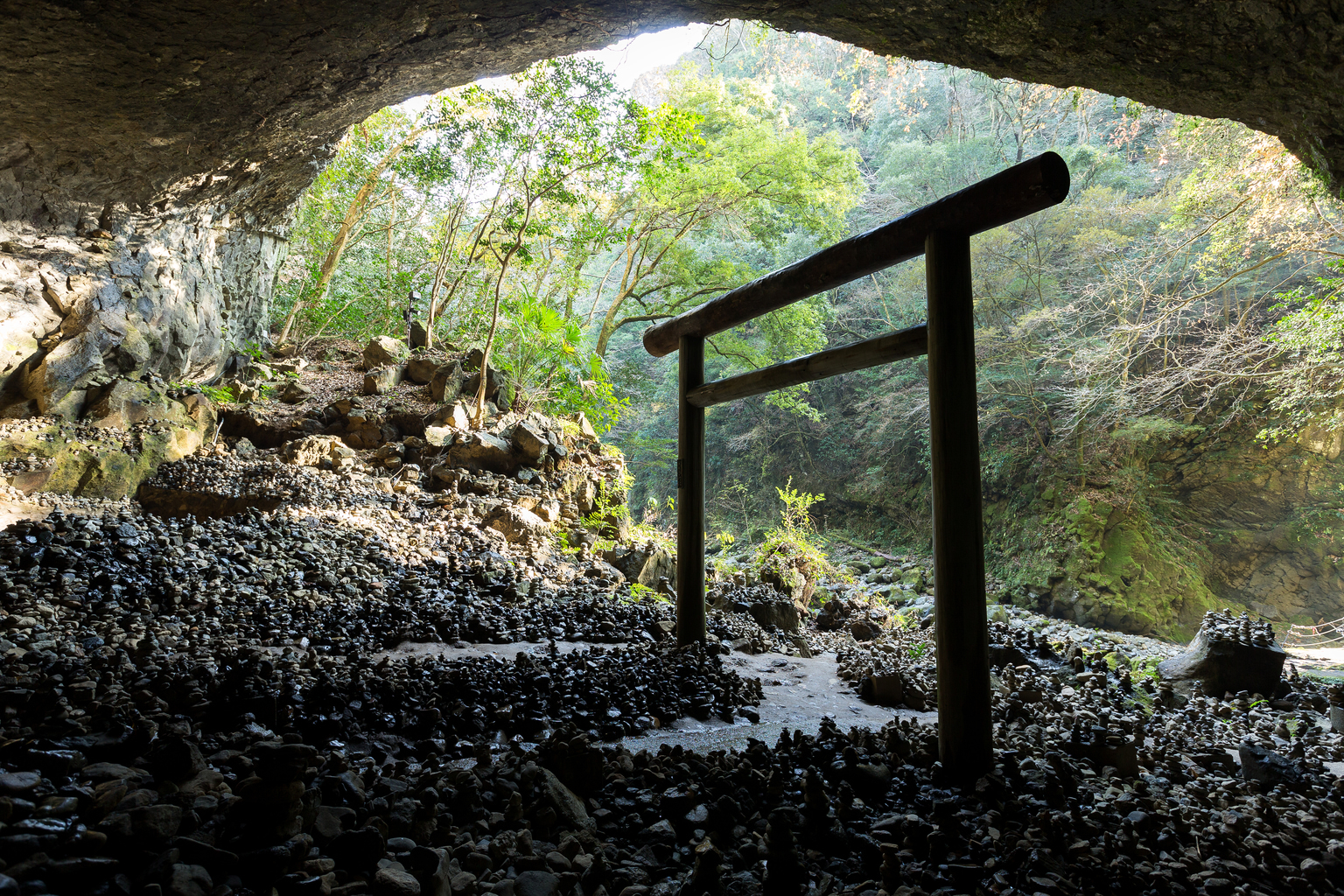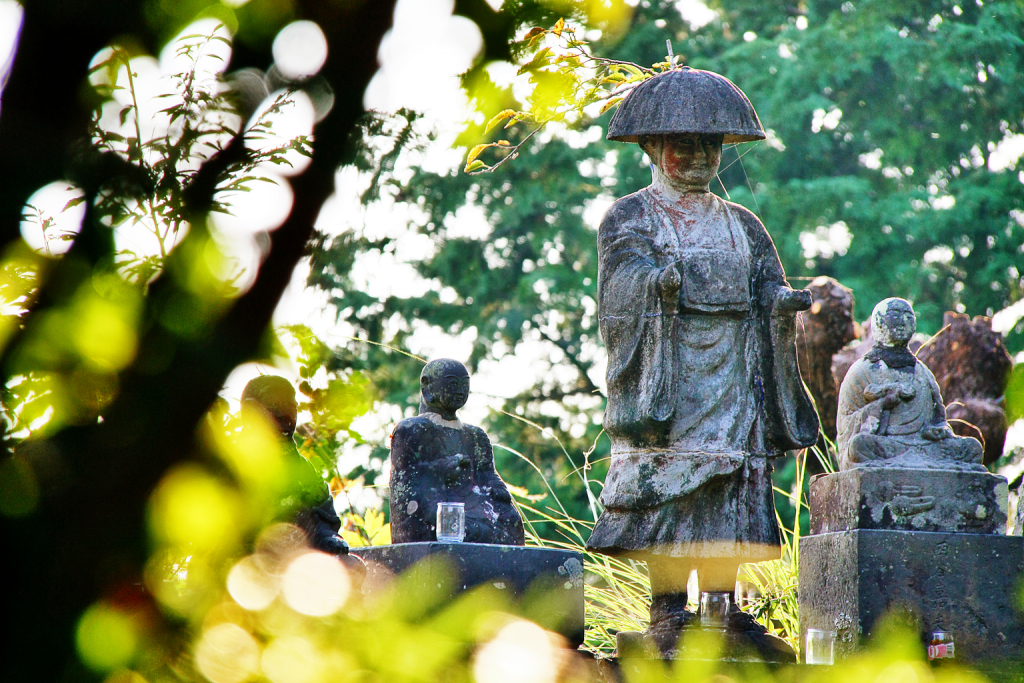Nestled in southeastern Kyushu, Miyazaki Prefecture was once known as “Hyuga no Kuni,” meaning “the country that faces the sun.” Even today, the area is renowned for its sunrises. And with over 75 percent of the mountainous prefecture being taken up by forests, Miyazaki has more than earned its reputation as a sprawling land of nature. But it is also a land of history, offering visitors a chance to walk through and often even touch Japan’s past from the dawn of civilization all the way to the Meiji Period (1868–1912). Here are some of the best places to experience the history of Miyazaki.
The Age of Gods
Miyazaki dates back to mythical times when the land received some of the most important deities of the Shinto pantheon. The legendary ‘Heavenly Cave,’ where the sun goddess Amaterasu once secluded herself, is supposedly located in modern-day Miyazaki, and while the sacred site is off-limits to tourists, you can still catch sight of it from the nearby Amanoiwato Shrine. And when Amaterasu’s grandson, Ninigi-no-Mikoto, came down to Earth to become the progenitor of Japan’s Imperial Family, he apparently first landed on Mount Takachiho-no-mine in Miyazaki. Other sources, however, claim that Ninigi descended from Heaven onto Kushifuru Peak, where you can now find the Kushifuru Shrine dedicated to the deity.
The two myths also feature the figure of Ame-no-Uzume-no-Mikoto, the goddess of mirth and revelry and the inventor of the traditional Japanese dance of Kagura. Today, Miyazaki’s Aratate Shrine stands on the site where the goddess and her husband Sarutahiko-no-Mikoto are said to have lived after getting married.

Miyazaki’s Ancient Tombs
Miyazaki is closely connected to the legendary figure of Japan’s first emperor: Jimmu. In fact, the name “Miyazaki” may come from “miya,” meaning “imperial palace,” the first of which could have been located in this part of Kyushu. But that’s not all. Between the 4th and 6th century, many burial mounds of all shapes and sizes (keyhole, circular, rectangular) were built throughout ancient Miyazaki as the final resting places of Japan’s first rulers.
You can find most of them at the Saitobaru Burial Mounds, part of the Saitobaru Archeological Museum. It’s a massive site covering an area of 58 hectares and containing 319 tombs, with two of them, Osahozuka and Mesahozuka, being regarded as imperial mausoleums. There is also the Nyutabaru Kofun Group, consisting of 197 “kofun” burial mounds, which have proven an invaluable source of haniwa, i.e., ritual terracotta clay figures often found in ancient Japanese tombs. In 1944, the Nyutabaru Kofun Group was designated as a National Historical Site.

Monuments to Two Great Rivals
For years, large parts of Kyushu were the battleground between the powerful Ito and Shimadzu clans vying for domination of the island. Their conflicts resulted in a lot of bloodshed and numerous deaths but they also ignited the construction of castles across Miyazaki between the 14th and 16th centuries.
Not many have been left standing intact, and their histories are often very similar, usually involving a castle being built by one clan then seized by another then won back and lost again and so on and so forth. Still, the remains of these formidable fortifications are Japan’s bloody history literally carved into Miyazaki’s tranquil landscapes, and as such should not be missed during a visit to the prefecture.
Places like Iino Castle, Nobeoka Castle or Tonokori Castle are now just mainly ruins with only parts of their old moats, foundations and walls remaining. But bastions like Aya or Obi castles have been reconstructed over the years to restore them to their former glory, and together with their less-preserved brethren remind visitors to Miyazaki about the tumultuous past of this modern-day paradise.

Meiji Period Miyazaki
Miyazaki Prefecture as we know it today emerged in 1883 during the Meiji Period. Since then, it has given birth to many great pioneers who’ve helped spread the name of their home prefecture throughout Japan. For example, Yukichi Goto, a trailblazer of private aviation hailing from present-day Nobeoka, was the first Japanese person to fly around the country. He and other heroes of Miyazaki have been immortalized in the form of bronze statues, which can be found at the Miyazaki Prefecture General Culture Park.
For a more hands-on experience with Miyazaki from the Meiji Period, be sure to visit Yoshokan, a private samurai estate of the head of the Ito clan built in 1869 after the family was forced to vacate Obi Castle. Constructed right outside their former family stronghold, Yoshokan is a beautifully preserved complex of houses and gardens that occasionally offers immersive cultural experiences like calligraphy lessons where students have the opportunity to wear Japanese kimono. Definitely check it out if you’re in the area.
Sponsored Post








